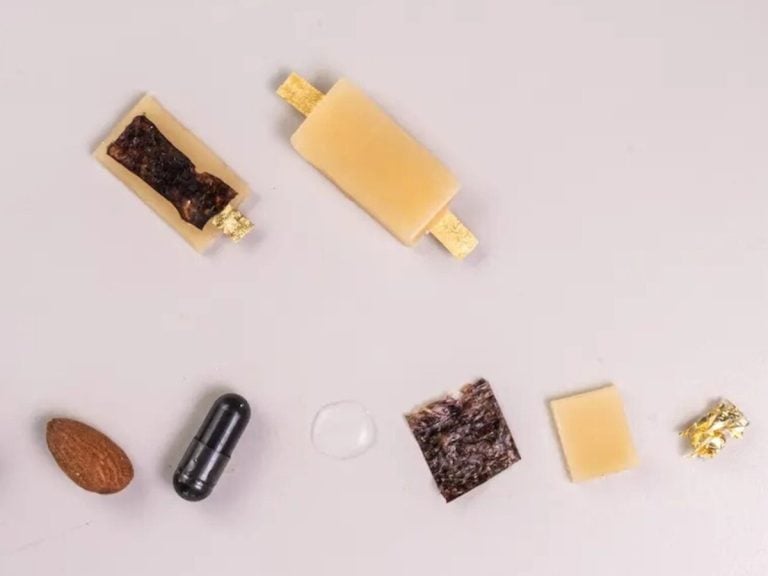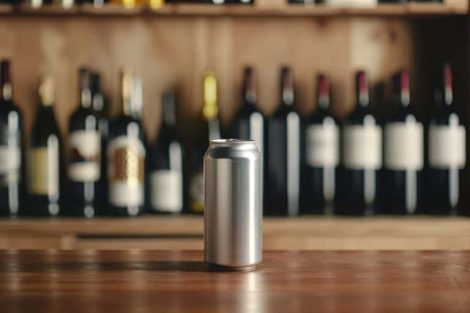Nori seaweed, almonds, and 24-carat edible gold leaves are among the "ingredients" used to create the world's first edible rechargeable battery, which was listed by Time magazine among the best inventions of 2023. It was developed by the Italian Institute of Technology. Currently, the battery can recharge small devices like LED lights, but in the future, it could help "monitor our health" by powering smart pills, said engineer Mario Caironi, who led the team that created the first edible accumulator, in an interview with Il Messaggero.
How the edible battery is made
The entire battery is produced from food waste: its core consists of two active molecules, riboflavin extracted from almonds and coercitin obtained from capers. Both can "store and exchange the charge with the device," explains Caironi, but they are unable to conduct the charge. That's why they are immersed in activated carbon, which has these conductive properties. The molecules, mixed with the carbon, are used to create an ink, which is applied to a conductive electrode made of a 24-carat edible gold leaf. The same type used in pastries or on pizzas. To connect the two poles, water mixed with acid salt is used as the conductive liquid. The poles are then separated to prevent a short circuit with nori seaweed, the same type used for sushi. The final "ingredient" is beeswax, used to create the battery's casing.
What it's used for
Today, the battery can recharge small devices, but one day it could power "smart" pills to more easily monitor our health: "In the future, we could use them to monitor bodily parameters, such as temperature, certify the proper administration of a therapy, or the functioning of digestion," explains Caironi, concluding, "It would be an added value to today's more invasive diagnostics. At the end of its use, the pill is digested like any other food.
When the edible battery will be available for commercial use
“The research is still ongoing and will continue in the coming years, but we are already initiating contacts with companies potentially interested in a development path,” emphasizes the head of the team that conceived the edible battery. Starting from 2030, it is reasonable to hypothesize that there will be the first products on the market featuring our battery.
by Giulia Argenti


 "Chenin Blanc will be the new Chardonnay": Interview with Master of Wine Madeleine Stenwreth
"Chenin Blanc will be the new Chardonnay": Interview with Master of Wine Madeleine Stenwreth The ancient chocolate factory hidden in the alleys of Rome
The ancient chocolate factory hidden in the alleys of Rome The two sisters carrying forward one of the first wineries to bet on Bolgheri
The two sisters carrying forward one of the first wineries to bet on Bolgheri Women are the best sommeliers. Here are the scientific studies
Women are the best sommeliers. Here are the scientific studies Burgundy’s resilience: growth in fine French wines despite a challenging vintage
Burgundy’s resilience: growth in fine French wines despite a challenging vintage






